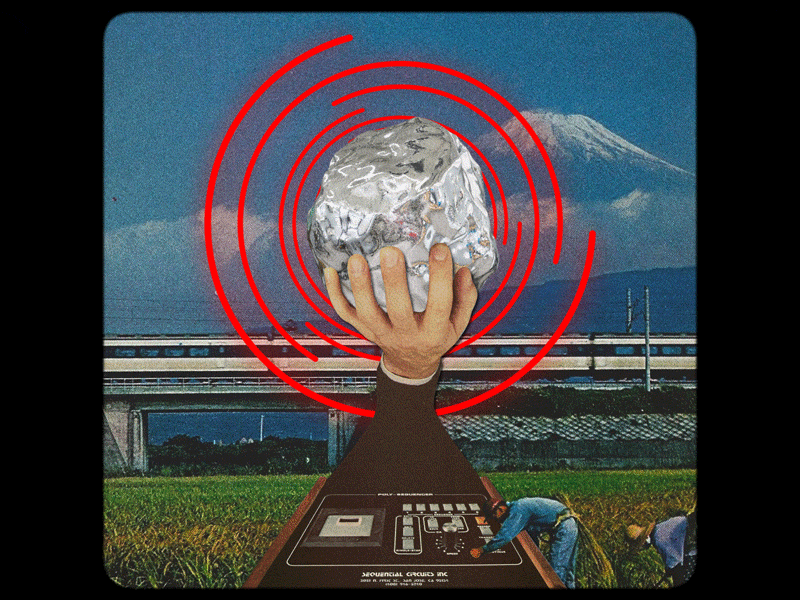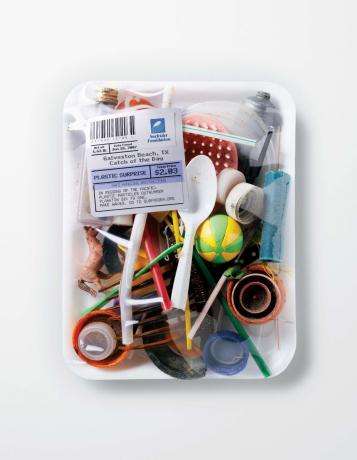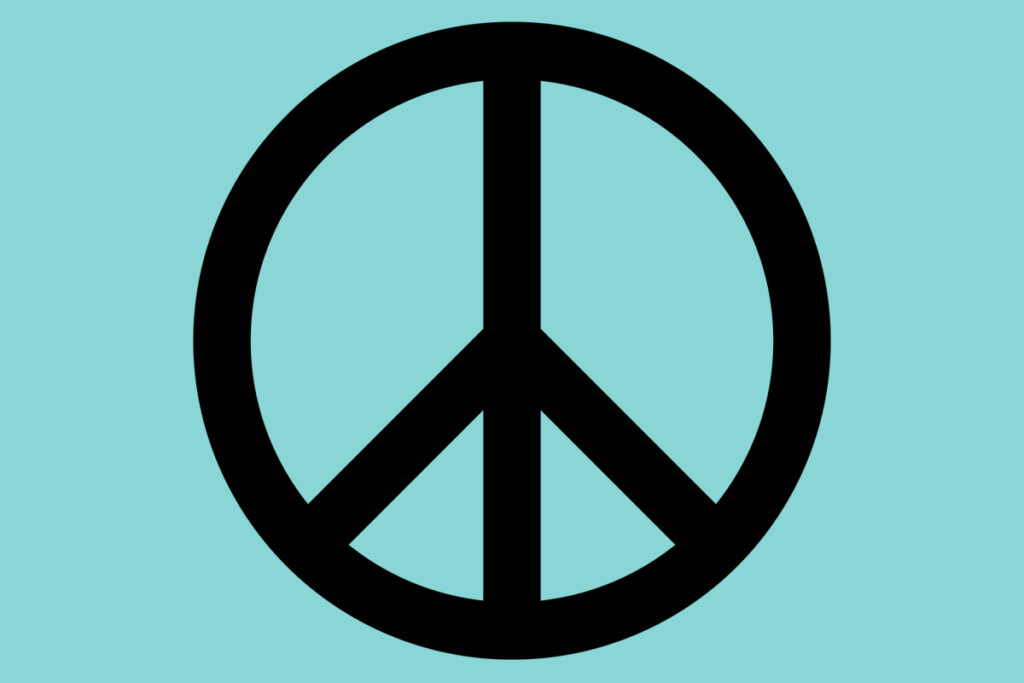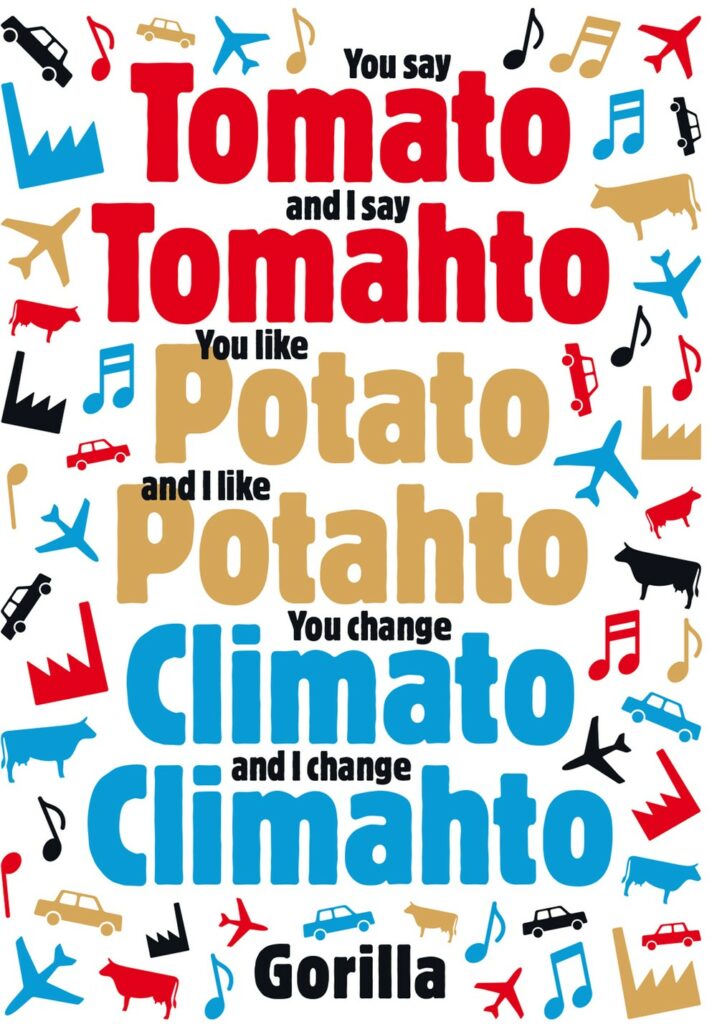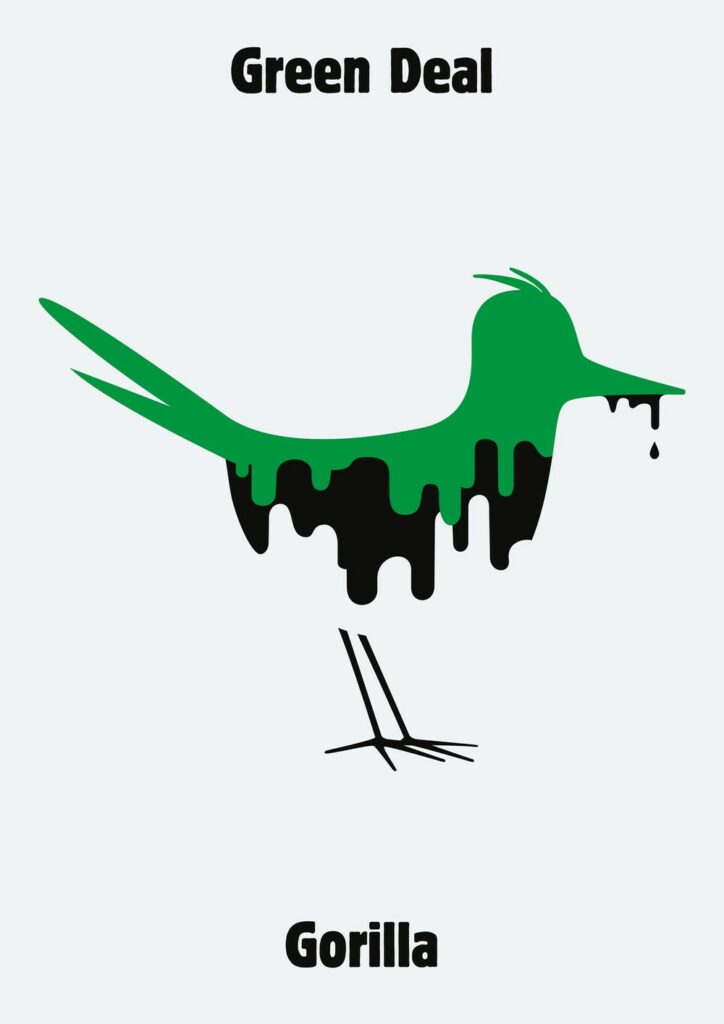Designing for the sustainable development goals
“Some of us choose to pursue design purely as an exercise in the aesthetic. I know that simply creating beautiful objects or surrounding yourself with beautifully designed things can help create a fulfilling and comfortable life. However, that is only the surface of the potential good and sense of accomplishment you can achieve with your creative skills… Go further: recognize the interdependence, power, and influence of your role as a professional, and let it resonate with the world around you and within you.”
– David Berman, Do Good Design
To open this blog post, I’d like to start with a few questions.
What is the powerful role of a designer? To shape the world around us? To empower people to live a more sustainable life? To shift other designers to a more socially and environmentally design approach?
For David Berman, it is exactly this!
So who is David Berman?
David Berman is the author of the book “Do Good Design—How design can change the world”. With his book, he wants to engage people to use their creativity to make a difference in the world. He has over 30 years of experience working with inclusive design and works as an author, expert speaker and strategist. In addition, he works as an advisor in several roles like to the United Nations, at G3ICT and as a governmental advisor on inclusive design policy.
What he is most passionate about is inclusive design. So first I want to make a short definition of this term.
Inclusive design
Inclusive design strives for including as many people as possible in design decisions. It wants to emphasize the user diversity and to make clear, that user diversity covers variation in capabilities, needs and aspirations.
It looks at the diversity of experience that may exclude a person from using an interface effectively. That could be, for example, subtitles of audio content for hearing impaired people but also for a commuter on a packed subway who forgot his earphones.
Inclusive design, therefore, is strongly related to accessibility and can be seen as a methodology to approach design. It is not an outcome, rather it is a design process with which it’s outcome can be used by a diverse group of people. From this follows accessibility as one of the primary outcomes of an inclusive design process.
See the infographic “accessible design vs. inclusive design”
The power of design has never been greater
So, back to David Berman, he says, when it comes to sustainability, the solution is to make clear to designer that they are part of the solution, not of the problem (Interview D.B.). We have to release a global sustainability design standard and for that, everyone is called upon.
The author also mentions, that when it comes to bringing more sustainable solutions into the world, we just have to use the tools we have as designers.
“The opportunity for designers has never been greater, to be able to help design a better society… because the awareness of the power of design has never been greater.”
– David Berman (Q&A with David Berman, The Oslo Manifesto. Design and Architecture for the SDGs)
The Awareness of the importance of good design
And I agree with his opinion. After many conversations and discussions with my fellow students, it often leads to this point. What do we want to do with our skills after graduation? Do we want to work in a company, where sustainability is just a term that is made fun of? Do we want to promote unreflected consumerism, unhealthy lifestyles,
We also discussed that, fortunately, as students, we have the chance to choose freely in which field and in which company we want to work, what allows us to choose for whom and what we want to use our skills.
Of course, money always plays a role. But through the conversations I had with my fellow students, I noticed that the awareness is already very high for whom and which company you use your skills as a designer. Also, which clients you want to work for is an important part.
In the end, these conversations were one of the reasons why I chose this topic for my master’s thesis.Because in times when many things in the world are anything but round, in times when competent politics is more in demand than ever, but still fails, in a world that is networked and in which every individual can probably contribute to improving this world more easily than ever before, designers are also more in demand than ever to use their skills for a sustainable future in all areas.
The next blog post will be about the SDGs and about some design examples that are in this field.
Sources:
https://davidberman.com/wp-content/uploads/DoGoodBermanForCh1Ch12Index.pdf
https://www.toptal.com/designers/ui/inclusive-design-infographic
